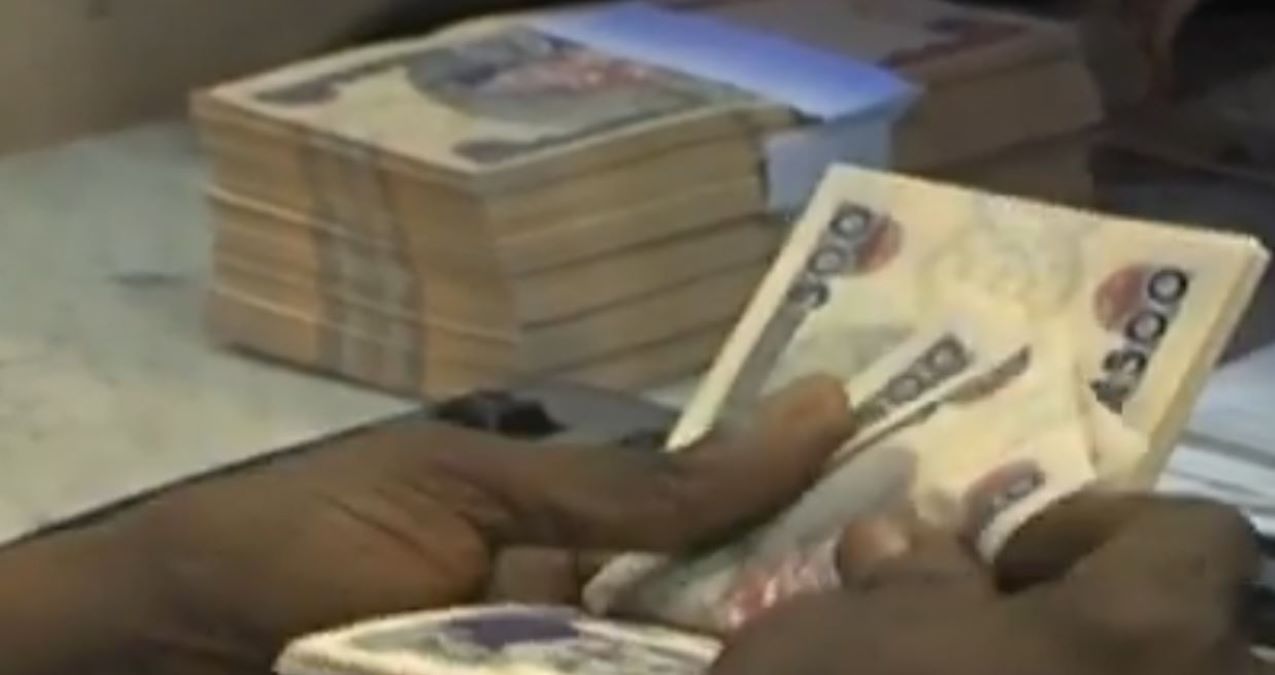The Federal Government is adopting the investors and exporters rate, NAFEX currently averaged at N410 to $1 for its official foreign exchange transactions as a new flexible policy, Bloomberg reports.
The old fixed rate of N379/$1 is apparently dissatisfying to international monetary bodies who have transparency concerns in the management of Nigeria’s forex market.
Consequently, the FG hit the third stroke in naira devaluation since March 2020 in an attempt to meet the demands of the World Bank and the Internation Monetary Fund and eliminate multiple exchange rate.
According to Finance Minister Zainab Ahmed who talked to reporters Monday in the capital, Abuja, “Within the government and the central bank, there is only one official rate and that’s the Nafex rate.”
The current Nafex rate of N410/$1 has been in use since the beginning of 2021.
- CBN Diaspora Remittance Policy
- CBN list of approved international money transfer operators (IMTO) in 2021
Naira devaluation – pro or con to Nigeria’s economy
Nigeria’s earn over half its revenues and about 90% of foreign exchange earnings from oil exports. Therefore, it’s oil revenues will grow with a devaluation of the naira with its conversion pinned to the fixed official rate – now the Nafex.
This new flexible exchange-rate policy which brings the FG closer to unifying exchange rates is also advantageous in closing the gap between the official rate and the black market rate as analysts suggest.
More so, the new flexible-rate policy could also fortify its conversations with the World Bank for a $1.5 billion loan that is partly conditional on currency reforms.
- CBN Naira 4 Dollar scheme for diaspora remittance – what is it?
- Infraco Nigeria to take off with initial seed of N1 trillion from CBN, others
Since 2017, the Nafex rate has wooed foreign investors in Nigeria’s forex market but the market has generally also suffered some shortages in between.
According to Ahmed, the recent shortages have seen the CBN introduce certain amounts of dollar monthly to clear its backlog of demands. The IMF estimated the backlog of dollar demands at about $2 billion in February.




